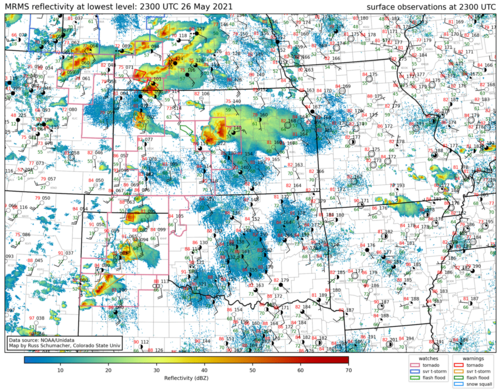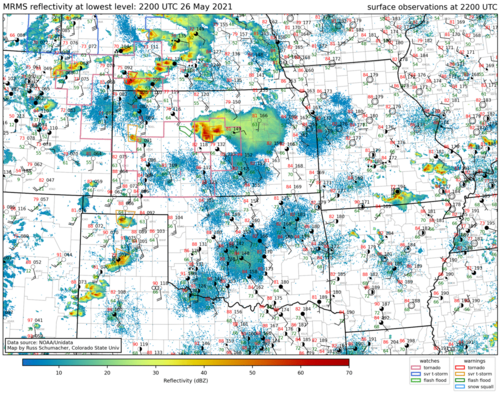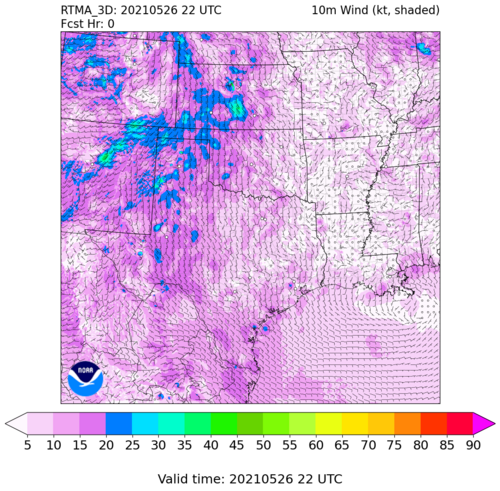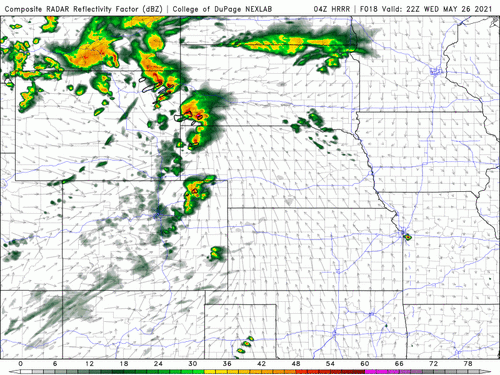Jeff House
Supporter
Nebraska and Kansas are the main focus for severe and the PWO. For chasers I believe Kansas is the focus. Two possible targets are present.
50 knots at 500 mb and 40 knots at 850 mb, turned almost 90 degrees with 3000+ CAPE is more than enough in late May. Some pockets will see 4000+ CAPE with excellent turning and speed shear. The 15% hatched is quite justified. Now, to the targets.
Warm front / outflow will lift up around I-70. It has been a focus for the CAMs several runs now. Winds will be backed and instability will be enough. Very slight cluster risk, but pattern recognition calls for supercells.
Dry line will push into southwest Kansas. Risk is warm 700 mb temps. However winds will be backed ahead of it with plenty of moisture. With today's parameter space I'd think both boundaries produce. Could even be a few other supercells.
I would pick one of the two said boundaries for possible cyclical supercell action, and perhaps multiple tornadoes.
50 knots at 500 mb and 40 knots at 850 mb, turned almost 90 degrees with 3000+ CAPE is more than enough in late May. Some pockets will see 4000+ CAPE with excellent turning and speed shear. The 15% hatched is quite justified. Now, to the targets.
Warm front / outflow will lift up around I-70. It has been a focus for the CAMs several runs now. Winds will be backed and instability will be enough. Very slight cluster risk, but pattern recognition calls for supercells.
Dry line will push into southwest Kansas. Risk is warm 700 mb temps. However winds will be backed ahead of it with plenty of moisture. With today's parameter space I'd think both boundaries produce. Could even be a few other supercells.
I would pick one of the two said boundaries for possible cyclical supercell action, and perhaps multiple tornadoes.




